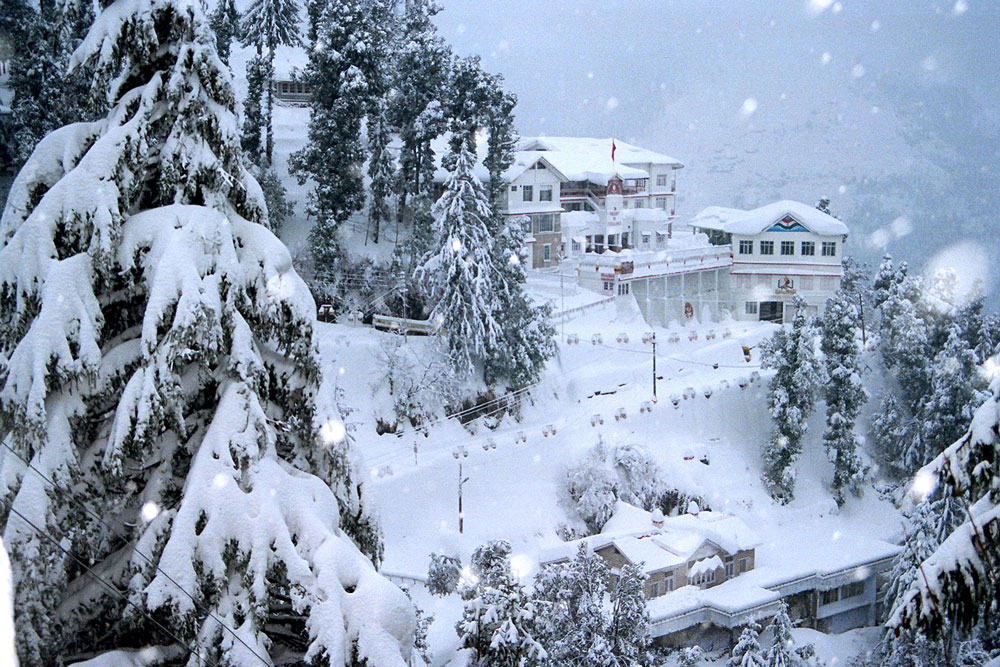Nestled in the lap of the great Himalayan range, Himachal Pradesh, India’s 18th state, came into being on 25 January 1971. Bordering the Indian states of Jammu & Kashmir, Punjab, Haryana and Uttarakhand and the Tibet Autonomous Region, Himachal Pradesh has an area of 55,670 square kilometres and a population of around 7 million (2011 census).
After Independence, several small princely states in the hills were integrated and the Chief Commissioner’s Province of H.P. was established.
In 1959 the Himachal town of Dharamshala became recognised on the world map after the most famous Tibetan exile, the Dalai Lama, and his supporters settled in the upper reaches of the town called McLeodGanj. In 1960 the Tibetan “government-in-exile” was established. Besides being the official residence of His Holiness the Dalai Lama, McLeodGanj is home to many Buddhist monasteries. It is a spiritual centre for Tibetans from around the world and in recent decades has emerged as a popular tourist destination as well.
Given the distinct identity of the hill regions, there was a natural progression towards forming a separate state after 1947. With the enactment of the Punjab Reorganisation Act, 1966, several areas such as Shimla, Kangra, Lahul & Spiti, and Una became part of Himachal Pradesh. The State of Himachal Pradesh Act was passed on 18 December 1970, and the new state was born on 25 January 1971.
Also on this day:
1824 — Michael Madhusudan Dutt, Bengali poet and dramatist, was born
'); var s = document.createElement('script'); s.type = 'text/javascript'; s.async = true; s.src = 'https://ad.admitad.com/shuffle/289c251618/'+subid_block+'?inject_to='+injectTo; var x = document.getElementsByTagName('script')[0]; x.parentNode.insertBefore(s, x); })();